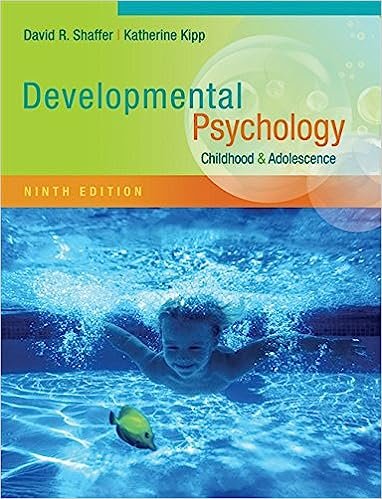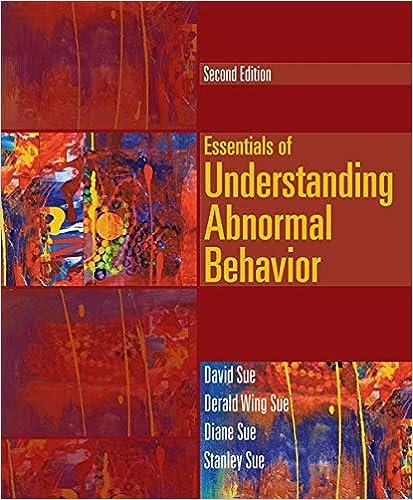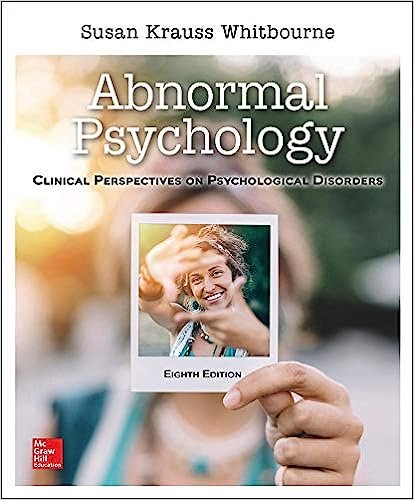Test Bank For Development Through Life A Psychosocial Approach 11th Edition By Barbara M. Newman
CHAPTER FIVE
Infancy (First 24 Months)
CHAPTER OBJECTIVES
| OBJECTIVE | ITEM NUMBER |
| 1. To describe characteristics of newborns and the challenges facing low-birth-weight babies.
|
1, 2, 3, 4, 5, 6, 105, 106, 107, 108, 125, 126, 153 |
| 2. To identify important milestones in the maturation of the sensory and motor systems, and to describe the interactions among these systems during the first 2 years of life.
|
7, 8, 9, 10, 11, 12, 13, 14, 15, 16, 17, 18, 19, 20, 21, 22, 109, 111, 112 |
| 3. To describe the development of sensorimotor intelligence, organize experiences, conceptualize causality, and understand the properties and functions of objects.
|
23, 24, 25, 26, 27, 28, 29, 30, 31, 32, 33, 34, 35, 36, 37, 38, 113, 114, 115, 127, 128, 129, 130, 154 |
| 4. To characterize forerunners of language competence from birth through the first 2 years of life. | 39, 116, 149 |
| 5. To understand social attachment as the process through which infants develop strong emotional bonds with others, and to describe the dynamics of attachment formation during infancy.
|
40, 41, 42, 43, 44, 45, 46, 47, 48, 49, 50, 51, 52, 53, 54, 55, 56, 57, 58, 59, 60, 61, 62, 63, 64, 65, 66, 67, 68, 69, 110, 117, 118, 131, 132, 133, 134, 135, 136, 137, 150, 151, 155, 156 |
| 6. To examine the nature of emotional development, including emotional differentiation, the interpretation of emotions, and emotional regulation. | 70, 71, 72, 73, 74, 75, 76, 77, 78, 79, 80, 81, 82, 83, 84, 85, 86, 87, 88, 119, 120, 121, 123, 138, 152, 157 |
| 7. To describe the psychosocial crisis of trust versus mistrust; the central process through which the crisis is resolved, mutuality with the caregiver; the prime adaptive ego quality of hope; and the core pathology of withdrawal. | 89, 90, 91, 92, 93, 94, 95, 96, 97, 98, 99, 100, 101, 124, 139, 140, 141, 142, 143, 144, 145, 146, 147, 148, 158, 159 |
| 8. To evaluate the critical role of parents and caregivers during infancy, with special attention to issues of safety and nutrition; optimizing cognitive, social, and emotional development; and the role of parents and caregivers as advocates for their infants with other agencies and systems. | 102, 103, 104, 122, 160 |
MULTIPLE-CHOICE QUESTIONS
- The evaluation that is performed twice within the first five minutes of birth is called
- Babynski reflex test.
- Bayley Scales of Infant Development.
- the Infant Visual Perception Test.
- Apgar scoring method.
Factual p. 139 D
CO: 1 Easy
- The purpose of the Apgar score which is calculated twice within the first five minutes of birth is to
- measure infant intelligence.
- measure the quality of parental investment in the newborn at birth.
- assess an infant’s life signs to determine the need for intervention at birth.
- decide whether the newborn infant has been exposed to prenatal teratogens.
Factual p. 139 C
CO: 1 Moderate
- Which one of the following weights would be considered a low birth weight baby?
- 5 pounds, 8 ounces
- 6 pounds, 8 ounces
- 7 pounds, 8 ounces
- none of these
Factual p. 139 A
*CO: 1 Moderate
- Which of the following conditions places an infant at greater risk for developmental problems?
- low weight for gestational age
- low birth weight
- late birth
- prematurity
Factual p. 140 A
CO: 1 Moderate
- What is the current technological limit to fetal viability? In other words, what are the smallest babies we keep alive?
- about 500 grams (slightly over 1 pound)
- 1000 grams (about 2 pounds, 8 ounces)
- 2500 grams (about 5 pounds, 8 ounces)
- 3300 grams (about 7 pounds)
Factual p. 140 A
CO: 1 Moderate










Reviews
There are no reviews yet.